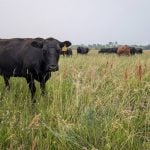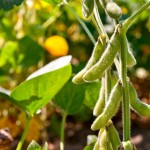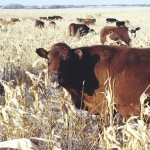
Features

Western farmers watching PGR
Several plant growth regulators are now on offer. Farmer Panel members we interviewed aren’t jumping in with both feet, but they are watching research results

Short rail lines still in the picture
Short lines are still a vibrant part of rail transport, and contrary to popular belief, producer cars are more popular now than they ever were

PCR tests for clubroot in canola
Early clubroot infection is difficult to detect with the naked eye. But a PCR test will do the job

Seed decay in Prairie soybeans
Phomopsis seed decay is the number one soybean problem in Ontario. Now it’s this disease-causing fungi may be coming to a field near you

Insecticide rotation for canola growers
The need to rotate herbicides gets lots of attention. It’s also necessary to rotate insecticides

Control the pasmo in your flax
Left untreated, the pasmo fungus can take five to seven bushels per acre from your flax yields. Luckily, farmers have effective fungicide options

Three things to know about fababeans
Fababeans are making a comeback in Alberta. Here's what you need to think about before you grow them

Fababeans in northeastern Sask.

Grazing corn a good option
Many farmers have found grazing corn to be a good way to maintain cattle health and saving money

New special crops round-up
Hemp, quinoa, fababeans, camelina, hairy vetch, carinata and guar bean. Get the inside scoop


